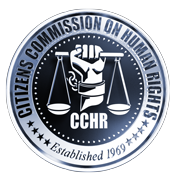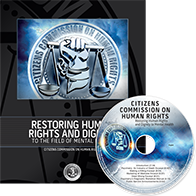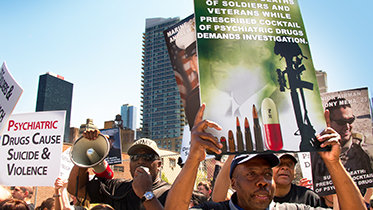EXPERIMENTING ON TROOPS
In 1945, a leading international psychiatrist, British Brigadier General John Rawlings Rees, saw the military as psychiatry’s perfect research lab, stating:
”The army and the other fighting services form rather unique experimental groups since they are complete communities, and it is possible to arrange experiments in a way that would be very difficult in civilian life.”1
It was a shrewd tactic—especially when sold under the guise of help. After all, soldiers have always been a “captive audience” who had to obey orders. And all around the world, psychiatrists took this opportunity to try some very risky treatments. They electro-shocked some soldiers, put others into a deep coma, and tested out powerful, mind-altering drugs on yet more.
They became involved in military recruitment, personnel selection, training and discipline.
From the 1950s through the 1970s, psychiatrists in countries like Britain, the United States and the USSR used their militaries as proving grounds for an arsenal of new experimental treatments such as LSD. The U.S. Army estimated that at least 1,500 soldiers were given LSD as part of mind control experiments during this era. Few if any military test subjects were informed of the potential health consequences of the tests.
Even today, soldiers continue to be given psychiatric drugs for uses never studied or approved by regulatory agencies. And the majority of these drugs have never been tested in combination.
Just as in the days of J.R. Rees, it’s still just one big psychiatric experiment. For the soldier who joined out of duty and serves with honor, it all boils down to one word: betrayal.













